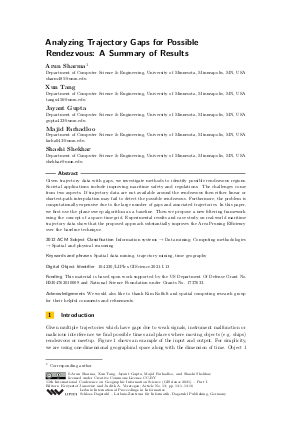LIPIcs.GIScience.2021.I.13.pdf
- Filesize: 1.56 MB
- 16 pages

 Creative Commons Attribution 3.0 Unported license
Creative Commons Attribution 3.0 Unported license



























Feedback for Dagstuhl Publishing